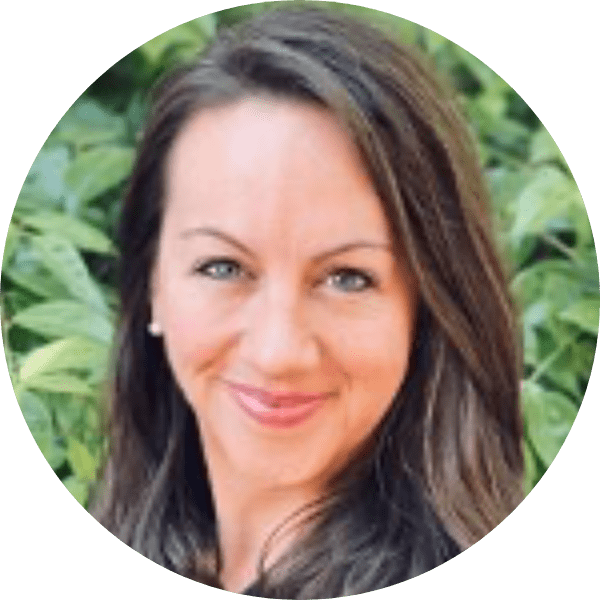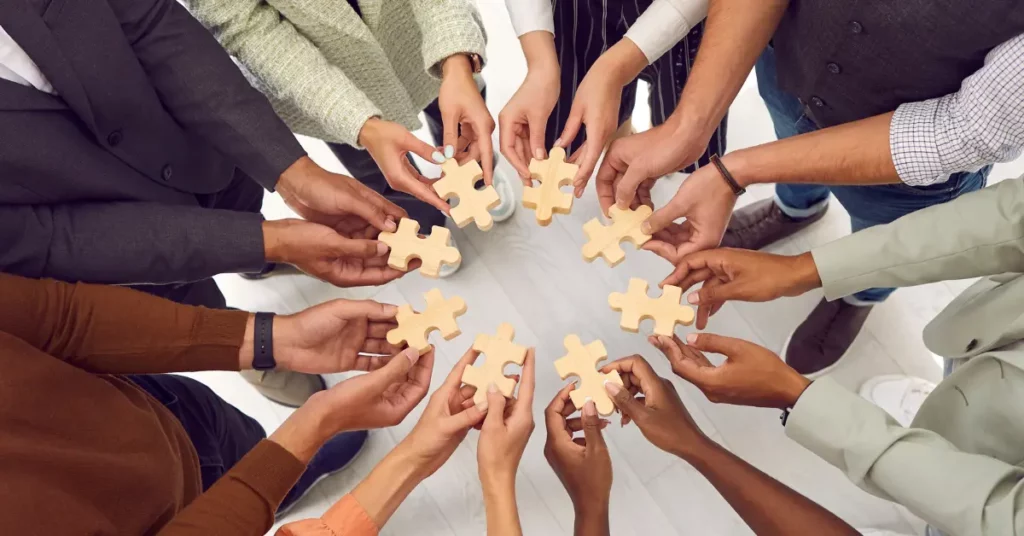Co-authors: Elizabeth Gillies (Menzies Foundation), Nadir Shams (Skoll Foundation)
5 minutes read
The phrase “the world is on fire” used to be a figure of speech – a shorthanded way to describe multiple urgent threats unfolding simultaneously in a community, a country, or around the world. Today, when much of the world quite literally is on fire, it’s hard for those of us who want to be a part of solving our collective challenges to know what to do first. When everything feels like an emergency, how do we build resiliency for the future?
We believe one of the highest leverage ways philanthropic funders can prepare for the future is to support the critical yet unseen work of field building for equitable systems change. In June, at the AVPN Global Conference, we had the opportunity to host a session that also included Yanni Peng of the Narada Foundation and Neera Nundy of Dasra to share more about our research and experience on this topic and discuss the implications for philanthropy in Asia and globally. Find the session recording here on YouTube.
Field building is a coalition-based approach to changing systems to realise equitable and durable outcomes at scale. Field building efforts that Bridgespan studied and that the Menzies and Skoll foundations fund are led by nerve-centre-like organisations we call “field catalysts” and “systems orchestrators.” While many people wouldn’t recognize the names of these organisations, they are doing the essential behind-the-scenes work of building connection and cohesion in the fields they work in rallying the coalitions they build behind a shared agenda. This involves bringing together myriad actors from civil society, research groups, community organisations, government, philanthropy, and more.
Most philanthropists focus on improving outcomes by building capacity one organisation at a time. However, a research by The Bridgespan Group has found that field catalysts or systems orchestrators strengthen multiple organisations simultaneously by ensuring everyone is in the same boat, rowing together. This is precisely how we ensure the systems that support us are transformed to more effectively respond to emergent threats, while sustaining focus on longer-term goals for equitable population-level impact like the SDGs.
Take a big complex problem like climate change. The Skoll Foundation’s partner AMAN (Alliance of Indigenous Peoples of the Archipelago) is focused on land rights for Indigenous peoples in Indonesia, who have been shown to be more effective stewards of the land, with less deforestation on IPLC managed lands than otherwise protected lands. They practise multiple approaches including influencing policy that supports Indigenous communities; supporting sustainable land use for Indigenous land; and sustaining the cultural identity of Indigenous communities. AMAN has an organiser’s mindset and has elevated 2200 communities working across all these issues out of their individual siloes to work toward a common agenda.
Philanthropy’s own siloes create blind spots, as well. Many have funding segregated by subject matter – so a portfolio on health over here and one on education over there with different staffs and different strategies. That’s in part why Neera Nundy, Managing Partner at Dasra, an NGO in India, launched an effort focusing on adolescence. “Because for an adolescent girl to be empowered, she needs to be supported in multiple ways,” she said. The 10 to 19 Dasra Adolescents Collaborative is a platform that unites funders, social organisations, experts, and government actors. The outcomes it supports – like delaying the age of marriage and pregnancy, keeping girls in school, and helping them with life skills and employment – require multiple actors working together across health, education and more.
In China, the field of philanthropy itself is emergent and that’s why the Narada Foundation has been working on building the capacity and knowledge of this powerful young sector. Narada’s CEO Yanni Peng says making funders smarter and pushing the development of this emergent “third sector” is their priority and mission.
Given that field catalysts or systems orchestrators are such a critical piece of the systems change puzzle, you may wonder why you haven’t heard more (or anything) about them. That’s partly because they are, by design, behind the scenes operators. The Menzies Foundation invests in leadership initiatives and has seen firsthand the distinct leadership required for field building efforts to succeed. Leaders of field catalysts or systems orchestrators keep a low profile because they know the work isn’t about drawing attention to the catalyst – it’s about bringing people together to collaboratively solve a complex, systemic problem. That requires egos being checked at the door. This work is hard. It requires people who can see the system and all its threads and build the engine that drives a shared agenda. And it requires constant listening and evolution to meet the needs of a field, particularly in a turbulent period. That is a unique skillset.
At the AVPN conference, one audience member in our session asked why foundations find it difficult to invest in field catalysts or systems orchestrators, noting from his own work how incredibly high leverage these organisations are.
Our hope is that the increasing understanding of just how critical field catalysts or systems orchestrators are will lead to more funders not only supporting them but supporting them in the ways they need to be supported – without strings attached. Field building doesn’t lend itself to philanthropy’s usual metrics for success and the skills required to lead this work need to be nurtured. Field building requires removing the lens of past roles to see the field from a different altitude, and we would suggest shifting the way funders view systems change work requires a similar casting aside of old lenses and approaches.
As a funder, it’s tempting to focus on the fire burning in front of us. To stay in your lane and stick with what you know. However, in a time of turbulence around the world, we also need to transform the systems we all rely on – health, education, infrastructure, and more – to sustain our societies during that turbulence so we have the stamina to not only fight the fires but prevent them and build the inclusive and prosperous future we all want to see.
Reach out to us to learn more about the Field Building for Equitable Systems Change initiative: Lija Farnham ([email protected]); Elizabeth Gillies ([email protected]); Nadir Shams ([email protected])


















